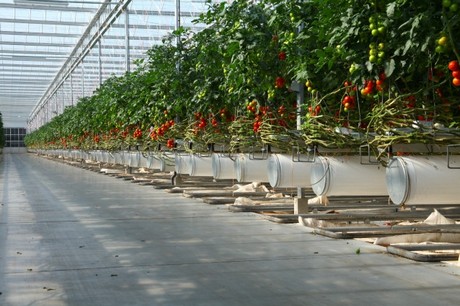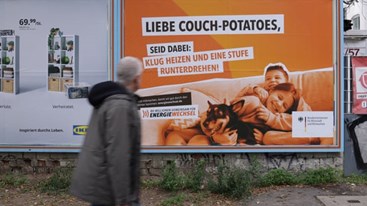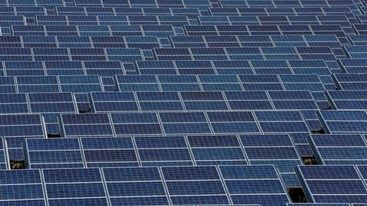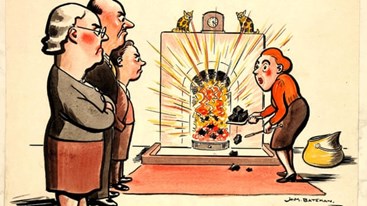Saturday, 20/04/2024 | 22:25 GMT+7
In mid-November 2014, the VenLow Energy greenhouse on the Energy Innovation and Demo Centre in Bleiswijk, The Netherlands yielded more than 70 kilo's of tomatoes of the 'Komeet' variety. This was achieved with a heat demand of only 10 cubic meters of natural gas equivalents.
Hence the search for minimal energy use for growing greenhouse vegetables which has reached the goal, and the experiment is successful, says Wageningen UR Greenhouse Horticulture. The VenLow Energy greenhouse is the result of a collaboration of Boal systemen, Scheuten Glas, Climeco Engineering and Maurice Kassenbouw.
In an average year, the demand would have been around 12.5 cubic meters of natural gas equivalents, but that's still less than half compared to the 27 cubic meters which is the reference for energy-efficient tomato cultivation in practice. Still, the standard for tomato cultivation is between 33 to 38 cubic meters.

Consumption
The low consumption was achieved by growing the tomatoes in a greenhouse with HR ++ insulating glass, an energy screen that was closed at night with minimal heating. All this was possible through the use of the Air & Energy System by Maurice Kassenbouw. The Air & Energy system guarantees considerable energy savings. This is made possible by dehumidification in combination with a high efficiency heat recovery section, and a yield of 95%.
Also, it’s not necessary to burn gas in this greenhouse for the production of CO2, as it’s connected to the OCAP infrastructure for CO2.
Low evaporation
The biggest difference from last year is the high humidity which was accepted during the night. The high isolation achieved a fuel consumption of 14.5 cubic meters in previous years.
The additional saving of this year is due to the restriction of the evaporation which was possible with the high humidity. The nocturnal evaporation was reduced with 60 litres per square meter. Less evaporation means direct savings on latent heat. Growing with high humidity is only possible if one can optimally steer the climate, as was made possible by the Air & Energy system.
Effects
In practice, it is often said that high evaporation is necessary for good production. The growers who have followed this trial were therefore very curious about any negative effects of such reduced evaporation.
However, the crop ended up growing as well as in previous years and the quality of the tomatoes was also similar.
Anh Tuan








.jpg?w=367&h=206&mode=crop) Energy efficiency and conservation usage is an important aspect of the national energy development strategy
Energy efficiency and conservation usage is an important aspect of the national energy development strategy
 Challenges and Opportunities to promote energy efficiency market in Vietnam
Challenges and Opportunities to promote energy efficiency market in Vietnam
 The Ministry of Industry and Trade requests government agencies to coordinate in organizing Earth Hour 2024
The Ministry of Industry and Trade requests government agencies to coordinate in organizing Earth Hour 2024
 Consultation on Energy Efficiency Boiler Catalogue and Wood Drying Guideline
Consultation on Energy Efficiency Boiler Catalogue and Wood Drying Guideline
 Son Ha Co., Ltd, applies energy efficiency and conservation measures
Son Ha Co., Ltd, applies energy efficiency and conservation measures
 Phuc Kien Co., Ltd., is effectively implementing energy-saving measures
Phuc Kien Co., Ltd., is effectively implementing energy-saving measures
.png?w=367&h=206&mode=crop) Request for expression of interest - C2.1.13: Capacity Building on energy efficiency policies development
Request for expression of interest - C2.1.13: Capacity Building on energy efficiency policies development